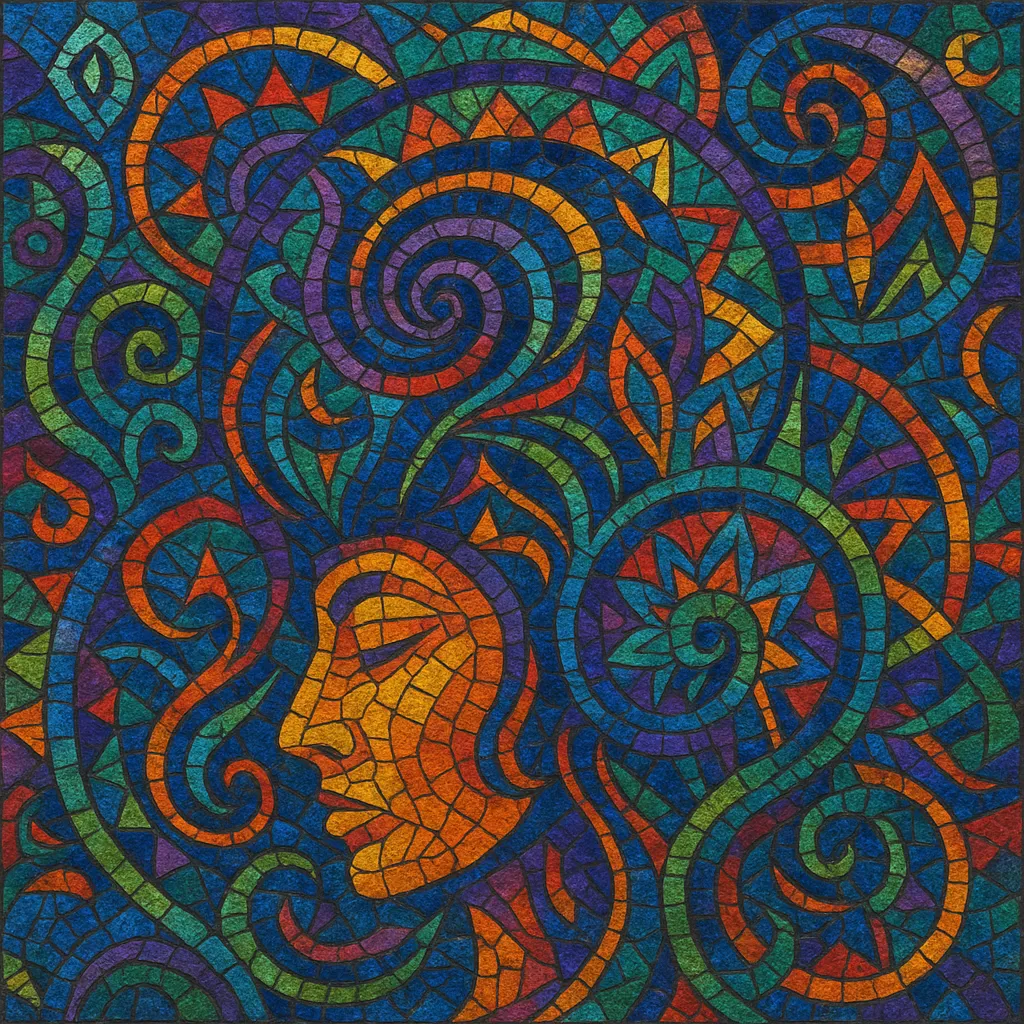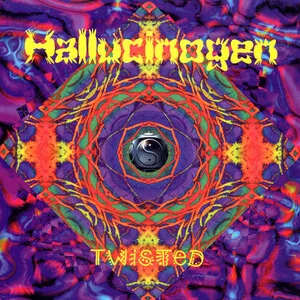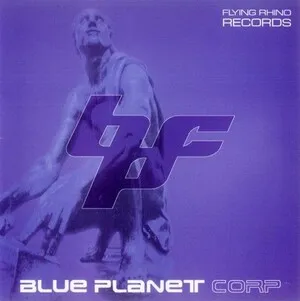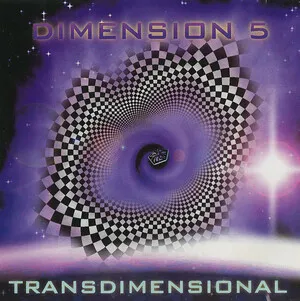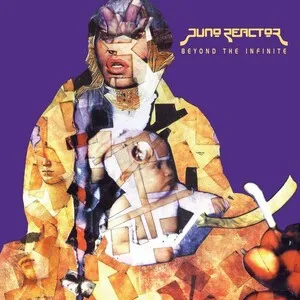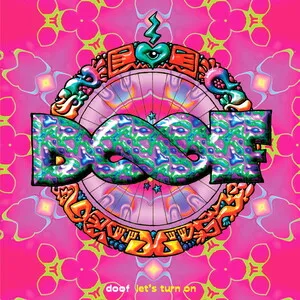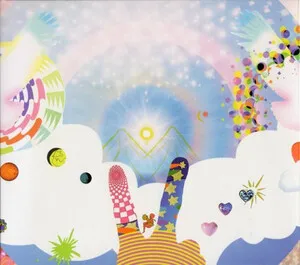Your digging level
Description
Goa trance is a psychedelic form of trance music that emerged around the late 1980s on the beaches and forest parties of Goa, India. It is characterized by hypnotic, evolving arrangements, squelchy resonant synth lines (often TB‑303–style), layered arpeggios, and a driving four‑on‑the‑floor pulse.
Typical tempos range from 135–150 BPM, with long tracks that develop gradually through filter sweeps, delays, and motif variation rather than abrupt drops. Melodic content often draws on modal and Eastern/Indian‑influenced scales, lending a mystical and cosmic feel. Production emphasizes analog or analog‑modeled synthesis, complex automation, and richly textured effects that create a trance‑inducing, psychedelic journey on the dancefloor.
History
Goa trance began within the traveler and hippie communities in Goa, India, where open‑air gatherings and sunrise parties embraced psychedelic rock, ambient, early techno, and acid house. DJs like Goa Gil helped crystallize a continuous, ritualized dance experience, moving from eclectic cassette sets to DAT‑based mixes of increasingly electronic and hypnotic music. The setting—beaches like Anjuna and Vagator, and sites around Chapora—shaped the music’s spiritual and communal vibe.
By the early to mid‑1990s, Goa trance matured into a distinct sound characterized by high‑energy, acid‑laced synths, layered arpeggios, and long, evolving arrangements. Labels such as TIP Records (The Infinity Project), Dragonfly, Blue Room Released, Matsuri Productions, Flying Rhino, and Spirit Zone disseminated the music worldwide. International artists from the UK, Israel, France, Italy, and elsewhere drew on the Goa ethos, bringing the sound to clubs and festivals across Europe and beyond while keeping the long‑form, psychedelic journey intact.
In the late 1990s and 2000s, Goa trance evolved into and alongside psytrance variants (full‑on, progressive psytrance, dark psy, forest, suomisaundi), but a dedicated "neo‑Goa" revival has kept the classic aesthetic alive. Its influence persists in modern psytrance production techniques (filter modulations, acid motifs, hypnotic sequencing) and in the culture of extended, immersive DJ sets built for outdoor environments and communal dance rituals.

